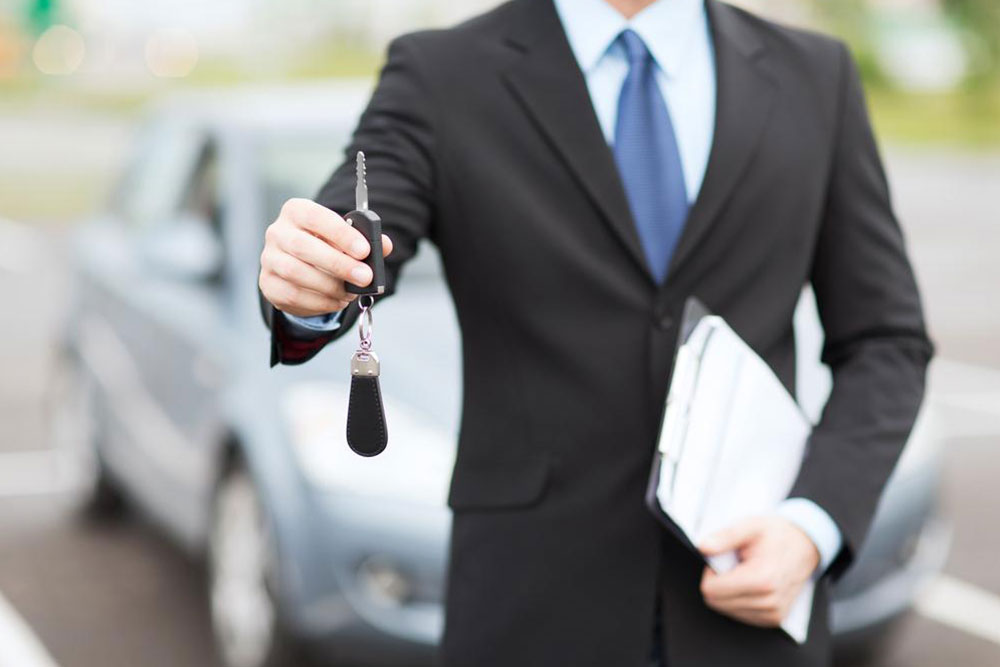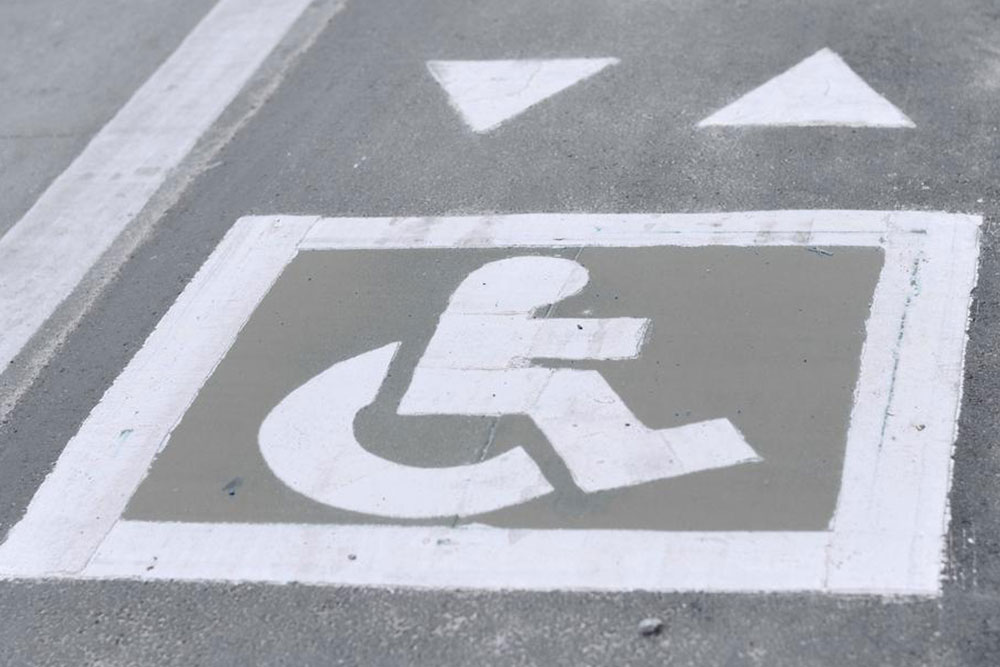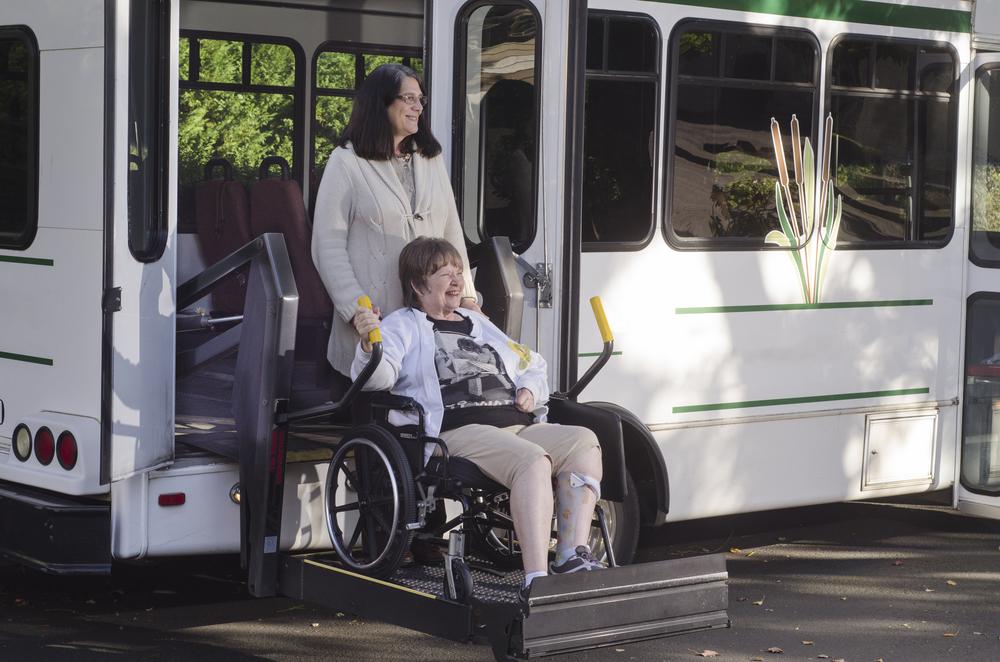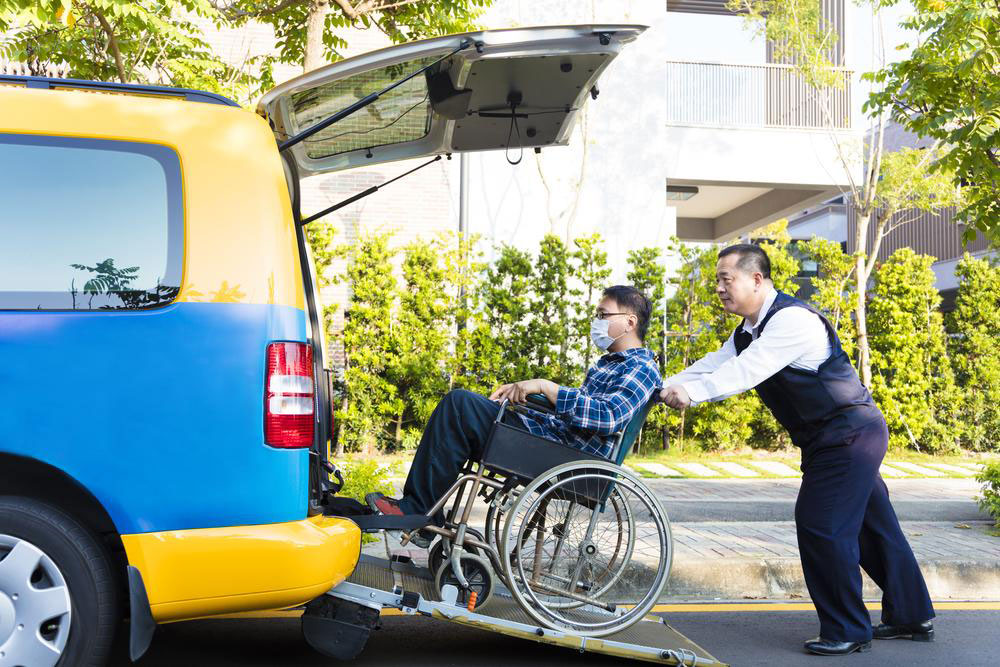Critical Auto Insurance Exclusions You Need to Know to Avoid Surprises
This comprehensive guide explores overlooked auto insurance exclusions, including vehicle modifications, animal-related damages, total loss gaps, commercial use risks, and personal belongings. Understanding these exclusions helps drivers make informed decisions, avoid surprises, and ensure complete protection for their vehicles and possessions. Learning about supplementary coverage options like gap insurance and disclosure requirements can safeguard drivers financially and enhance their peace of mind on the road.
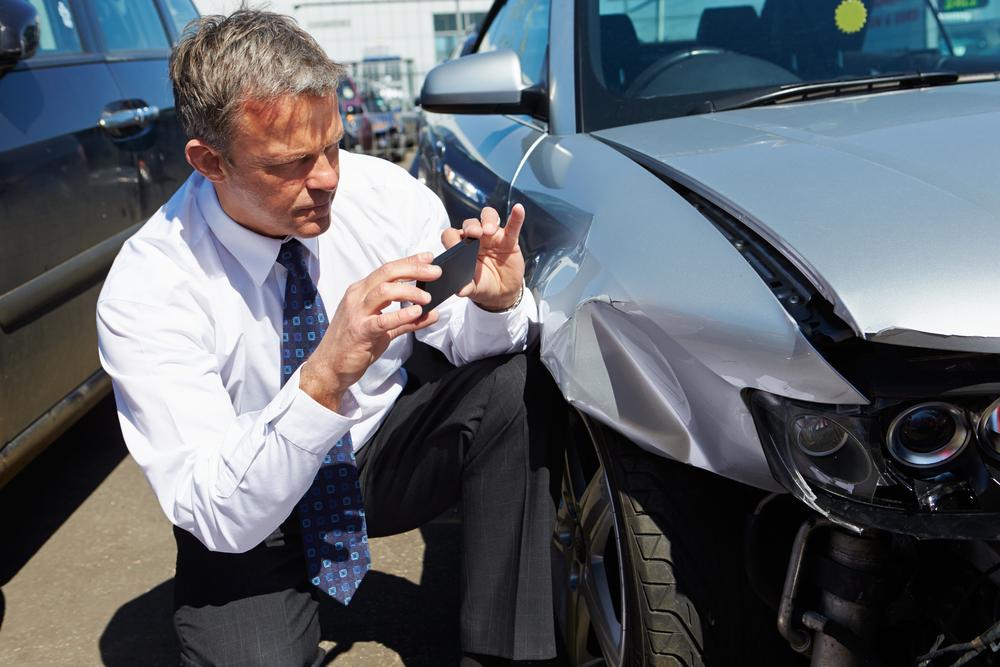
Critical Auto Insurance Exclusions You Need to Know to Avoid Surprises
Auto insurance is an essential safeguard that protects you from financial losses caused by accidents, weather-related damages, theft, and vandalism. Having the right policy ensures peace of mind as you drive through busy streets, highways, and scenic routes. However, many vehicle owners are often unaware that their insurance coverage might have specific exclusions or limitations that could leave them vulnerable in certain situations. Understanding these less obvious gaps in your auto insurance policy is crucial for proper financial planning and ensuring comprehensive protection. This in-depth guide explores common but often overlooked exclusions and provides insights on how to safeguard yourself effectively.
1. Vehicle Modifications and Aftermarket Enhancements
Many car enthusiasts enjoy customizing their vehicles with a range of modifications, from aesthetic upgrades to performance improvements. Features such as eye-catching rims, body kits, spoilers, decals, wraps, and engine enhancements are popular among owners looking to personalize their rides. However, it's important to recognize that not all auto insurance policies automatically cover these modifications. In fact, many standard policies exclude coverage for aftermarket upgrades, especially if they are deemed to increase the risk of damage or theft. For example, if your vehicle is stolen, or sustains damage during an accident, and it has unapproved modifications, your insurance might refuse to cover the repair costs or any related damages. To avoid this issue, always disclose modifications to your insurer and consider purchasing additional coverage or specialized policies designed for modified vehicles. This proactive approach ensures that your investments in customization are protected and that you won't face out-of-pocket expenses unexpectedly.
2. Damage Caused by Animal Encounters
While it might seem unlikely, encounters with animals can sometimes lead to vehicle damage. Wildlife strikes are common in rural or wooded areas, but damage caused by animals in zoos, wildlife parks, or other animal attractions can surprise vehicle owners. For instance, animals might accidentally cause damage by scratching the car or tearing off parts like windshield wipers, antennas, or side mirrors. Interestingly, many policies exclude coverage for damage caused directly by animals, especially if the owner voluntarily drove into areas with known wildlife activity or petting zoos. To mitigate this risk, drivers should exercise caution when driving through animal-rich environments and review their policy language regarding animal-related damages. If you frequently travel in regions with abundant wildlife, consider discussing with your insurer about adding coverage or riders to cover animal-related incidents, ensuring peace of mind during adventures in nature or visits to animal attractions.
3. Vehicle Total Loss and Outstanding Loan Balances
When unfortunate accidents happen, and your vehicle is declared a total loss, your insurer usually compensates you based on the car's current market value, not the remaining balance of your auto loan. This can create a financial gap for owners who still owe money on their vehicle. For example, if your car's market value is less than what you owe on the loan, you'll be responsible for paying the difference out of pocket. This situation is known as being "upside down" on your auto loan. To address this, many owners opt for gap insurance, which covers the difference between the insurance payout and the outstanding loan amount. Securing gap coverage is especially vital for new cars, which depreciate quickly in the first few years. Without gap insurance, drivers run the risk of owing money on a vehicle they no longer own, leading to unnecessary financial strain. Consulting with your insurance provider to include gap coverage as part of your auto insurance package can provide comprehensive financial protection and prevent unpleasant surprises in the event of a total loss.
4. Use of Your Vehicle for Commercial Purposes
Standard personal auto insurance policies are designed to cover personal use only. If you use your vehicle for commercial activities such as ride-sharing (Uber, Lyft), deliveries, or other business-related transportation, your personal policy might not provide coverage during work hours or for damages incurred while performing business tasks. Insurance companies typically require a commercial auto policy for vehicles used extensively for work-related purposes. Failing to update your policy could result in claim denials, leaving you financially responsible for damages or injuries caused during your work activities. Before engaging in commercial use, inform your insurer and consider purchasing a commercial auto policy or adding a commercial endorsement to your existing policy. Doing so ensures that your vehicle and interests are protected while operating in a business capacity. It's also important to understand the specifics of your policy regarding business use to avoid gaps in coverage that could lead to costly liabilities.
5. Personal Items Inside Your Vehicle
Auto insurance generally provides coverage for damage to the vehicle itself but does not extend to personal belongings stored inside your car. Items such as laptops, smartphones, shopping bags, or valuables are typically not covered under your auto policy if stolen or damaged. While comprehensive coverage might cover the vehicle in case of theft or vandalism, personal items are usually excluded unless you have separate coverage through homeowner’s or renter’s insurance policies. Therefore, if you carry expensive electronics or valuables in your vehicle, it's advisable to remove them when parking in insecure areas or to purchase additional coverage for personal belongings. Keeping valuables out of sight can also reduce the risk of theft and potential disputes with your insurer. Understanding the limits of your auto insurance coverage for personal items inside the vehicle can help prevent surprises and ensure you're adequately protected through other policies or riders.
In conclusion, although auto insurance provides vital protection, understanding its limitations and exclusions is equally important. From modifications to usage, animal incidents, and total loss scenarios, each of these factors can significantly impact your claims process and financial well-being. Regularly reviewing your policy, discussing coverage options with your insurer, and considering supplemental policies like gap insurance or specialized riders can help safeguard your investments and ensure comprehensive protection. Stay informed, be proactive, and drive with confidence knowing you're well-prepared against unexpected gaps in coverage.
